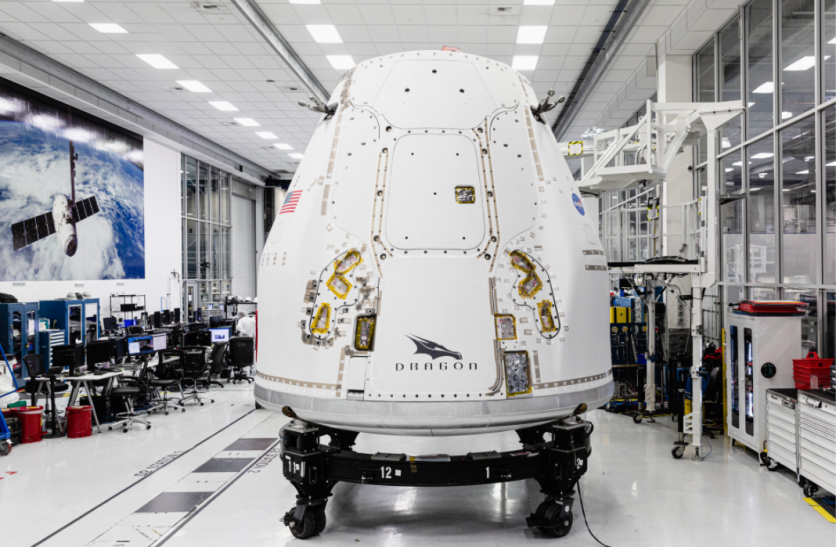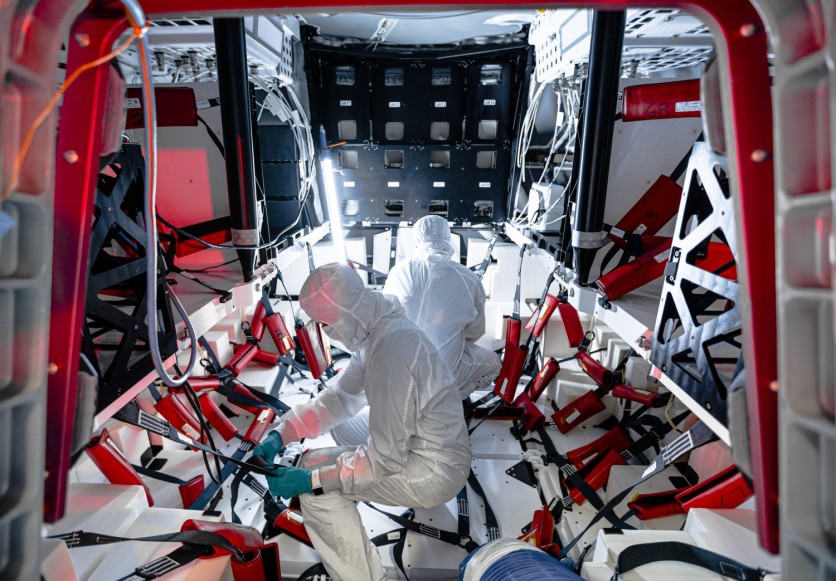NASA is gearing up for another launch using a newly upgraded SpaceX Cargo Dragon 2 to resupply the International Space Station (ISS) and collect research materials under the Commercial Resupply Services (CRS). The next mission would take place on Wednesday, December 2, and NASA is inviting people to witness SpaceX's 21st mission.

The National Aeronautics and Space Administration (NASA) is choosing SpaceX again for another mission to bring and collect research materials from the ISS under the Commercial Resupply Services division. SpaceX's Cargo Dragon will launch by December 2 on Florida's Kennedy Space Center.
The new and upgraded Cargo Dragon from SpaceX aims to deliver more scientific payload to the International Space Station and escort research from the astronauts back to the surface. The payload would include numerous needs for advancing scientific research.
NASA SpaceX CRS-21 Launch, a.k.a. SpX-21: What Will it Bring?

According to NASA, SpaceX's new Cargo Dragon would bring a multitude of new research materials that are integral to advancing Earth and space study by utilizing the ISS' conditions. Several Earthly research can significantly be improved by taking advantage of the rigorous space conditions such as the lack of gravitational pull.
Airlock for Larger Packages
NASA says that the Nanoracks Bishop Airlock specializes in a bigger door to open up possibilities in new scientific discoveries. Airlocks in the Space Station's designs are small and intended for humans only. The Nanoracks' Bishop Airlock would significantly improve this, offering a robotic movement to accommodate hardware from ISS's exterior.
Brain Organoids
Several brain organoid samples are joining SpaceX's 21st mission for NASA. These cells that interact and grow will understand how the brain works in microgravity, particularly in space conditions. The organoids are made from nerve cells that do what brains usually do, reacting to present stimuli and stress.
Brazing Alloys from SUBSA-BRAINS
The company SUBSA-BRAINS created the alloys to examine different processes of metals and components that are present in space. The company's brazing alloy samples would help scientists to utilize microgravity. This would help in the future of brazing alloys that has applications on human buildings and even repairing space damages.
Heart Tissue Chips
Space gravity can significantly change a person's composition and internal organs. Cardinal Heart sends its tissue chip samples that would see how much microgravity can reshape a heart when a person stays in space for over a year.
HemoCue White Blood Cell Analyzer
A white blood cell counter in rigorous conditions such as space's microgravity would join Cargo Dragon 2's launch. This device would help in understanding how much space condition affects human blood composition from HemoCue.
Meteorite Samples from ESA and BioRock
NASA is also packing ESA and BioRock's meteorite samples along with the resupply mission for the astronauts to examine and study, also utilizing the microgravity present in the ISS. The samples contain microbes, which can also break down rocks for new soil to plant on, and extract various elements.
NASA CRS-21: Watch SpaceX Cargo Dragon 2's Launch on December 2
NASA is aiming for a launch date in a few weeks, on Wednesday, December 2. The launch would take place on Florida's launch island in Kennedy Space Center. NASA estimates that the launch would begin not earlier than 12:50 pm EST (9:50 AM PT).
SpaceX's CRS-21 Cargo Dragon would be available for live stream on NASA's website and YouTube Live Channel below.
Related Article : Elon Musk: Space Travel Will Be Cheaper Than $1M In The Future!
This article is owned by Tech Times
Written by Isaiah Alonzo
![Apple Watch Series 10 [GPS 42mm]](https://d.techtimes.com/en/full/453899/apple-watch-series-10-gps-42mm.jpg?w=184&h=103&f=9fb3c2ea2db928c663d1d2eadbcb3e52)



